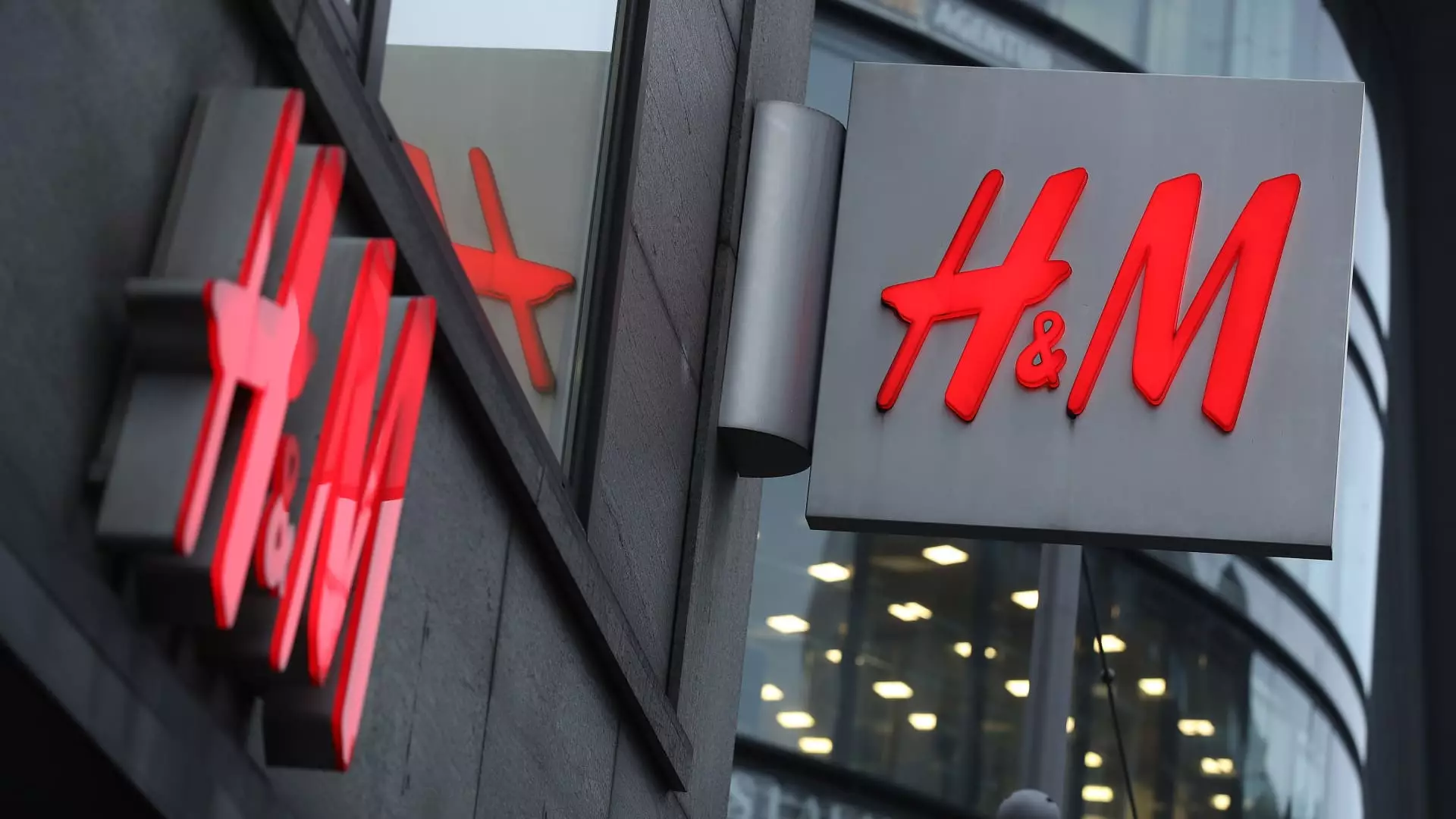On Thursday, H&M’s shares experienced a significant decline of up to 8%, signaling investor discontent following the latest earnings report from the fashion retailer. As the second-largest publicly traded clothing brand globally, this drop raised eyebrows in the financial community, especially after H&M reported an operating profit of only 3.51 billion Swedish crowns ($345.8 million) for its fiscal third quarter. This outcome showcases a stark decline from the previous year’s profit of 4.74 billion Swedish crowns, falling well short of the anticipated 4.93 billion forecast by analysts from LSEG. The swift market reaction highlights the volatility that can surround retail brands, especially in challenging economic climates.
H&M took a significant hit to its credibility this week by announcing a retreat from its earnings margin target for 2024. Since CEO Daniel Ervär assumed leadership in late January, he promised to initiate “unbeatable value for our customers and profitable growth.” However, the company’s concession to current realities poses tough questions about the efficacy of his strategies and the timeline for seeing tangible results. This decision seems to stem from external pressures, such as fluctuating weather patterns, inflationary living costs, and a notable decline in consumer spending post-COVID-19. The ever-increasing competition from agile players like Zara’s parent company Inditex and fast-fashion rival Shein compounds H&M’s troubles.
Although Ervär assured stakeholders of future profitability through his planned strategies, he acknowledged the unforeseen external factors negatively impacting H&M’s performance. He revealed optimism about achieving improved sales and profitability, yet current projections suggest this year’s operating margin could dip below 10 percent. This outlook reflects a broader trend within the retail industry, where companies are grappling with rapidly changing consumer behaviors and relentless competition. Analysts have pointed to H&M’s markdown costs—the reductions in prices to stimulate sales—as a critical area of concern that could further strain profit margins.
As the situation unfolds, H&M has indicated intentions to streamline its operations, including reducing the net store count. This movement hints at an overarching strategy to pivot towards more sustainable and profitable business practices amidst challenging market dynamics. Analysts from UBS highlighted that despite poor profit results, local currency sales saw unexpected growth, indicating some resilience and potential for H&M to recalibrate and regain footing in the competitive landscape.
The recent financial results underscore H&M’s urgent need to adapt to a rapidly evolving retail environment. The decline in profits coupled with the adjustment of future targets paints a complicated picture for the Swedish fashion giant. Investors and stakeholders will be keenly watching how the organization navigates these challenges in the coming months, and whether CEO Daniel Ervär can transform the narrative and lead H&M back to brighter financial prospects. As the landscape continues to shift, H&M’s ability to respond effectively will likely define its future success or stagnation in the fast-paced world of fashion retail.

